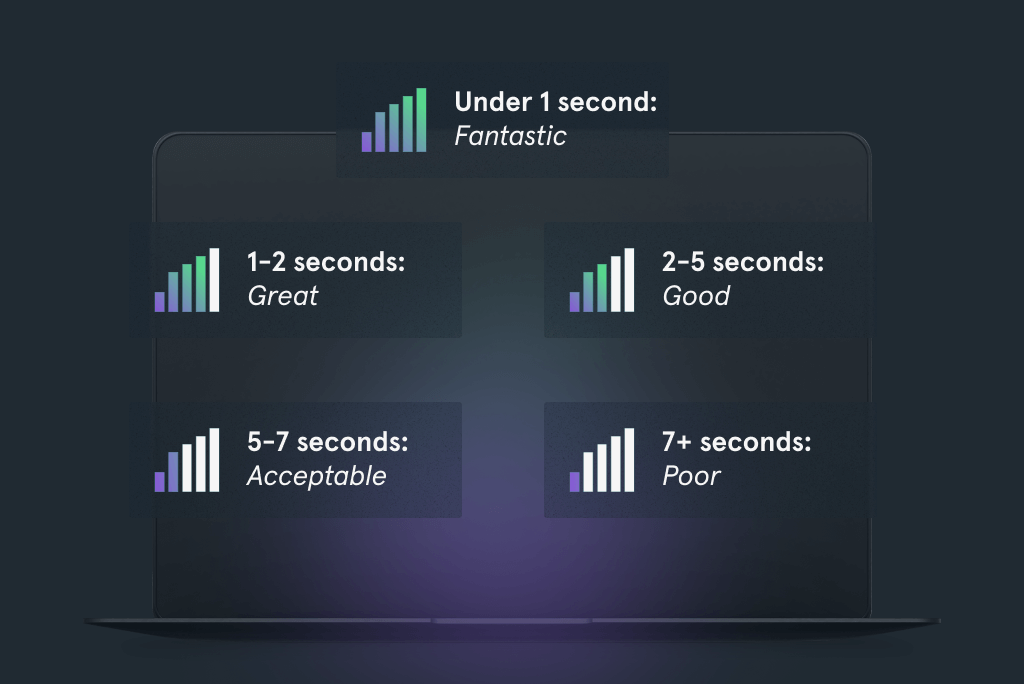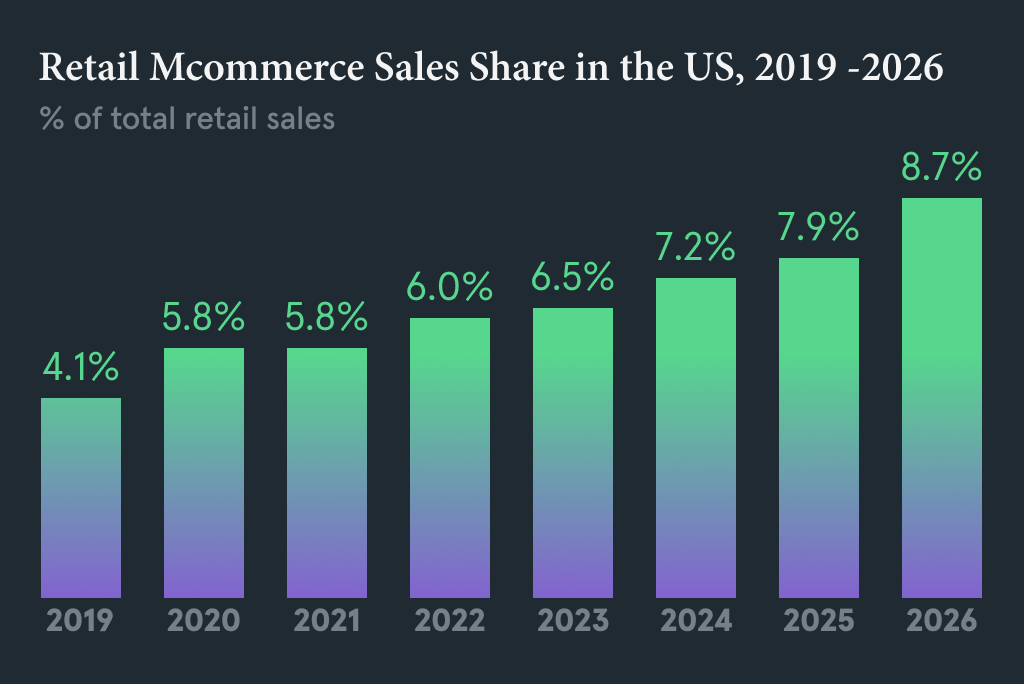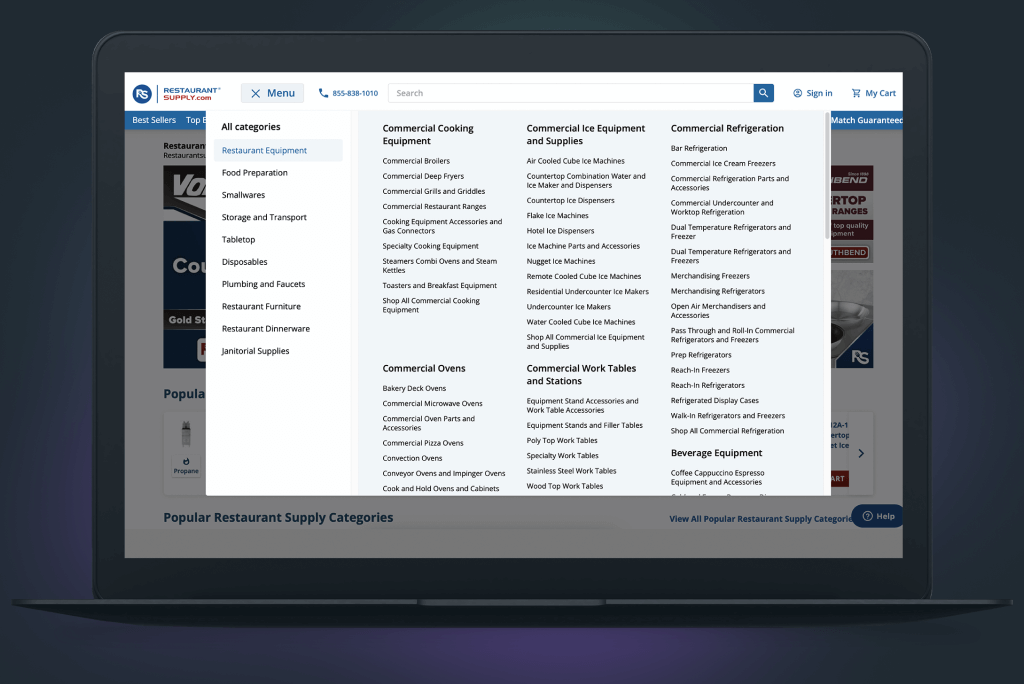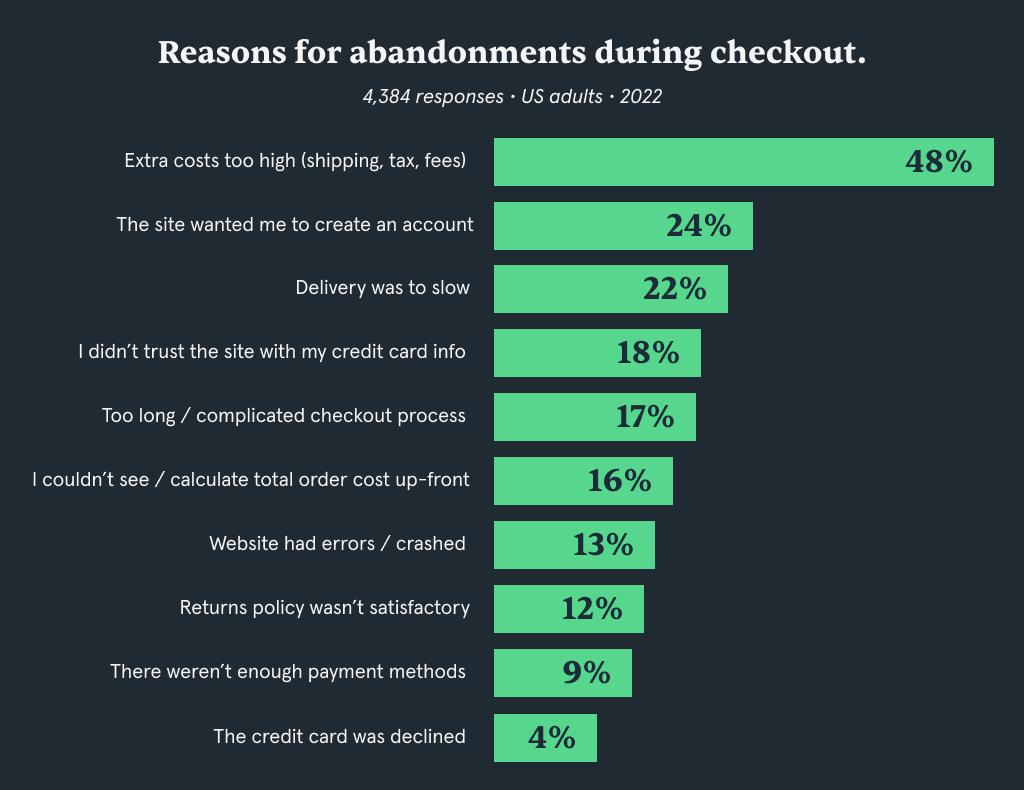Hey there, eCommerce enthusiasts!
We all know the rollercoaster ride of running an online business, especially when an economic crisis hits the ground.
Remember when the Dot-com Bubble burst in 2000? Or when the Global Financial Crisis shook the world in 2008? How about the COVID-19 pandemic and the changes it brought?
Now, fast forward to 2023, we’re facing a new crisis, and sales are feeling the pinch.
But don’t fret! This is your time to turn challenges into opportunities. Let’s navigate this storm together and ensure your business is ready to soar when the sun shines again.
Understanding the Current Storm
As we navigate through 2023, eCommerce businesses are confronting a new challenge that reverberates across the globe. Economic hardships have become a prevailing theme, casting long shadows on both traditional and online retail landscapes.
Recent data from a NACS survey indicates a somewhat worrying trend: 75% of global consumers aren’t planning to increase their spending this year. This change in consumer behavior signals a significant shift in the economic climate. The winds of prosperity that once blew favorably for the eCommerce industry have become noticeably gentler.
The broader economic scenario also calls for attention. A global recession, expected to stretch into 2024, has started to affect many businesses, and its ripple effects are significant. Reduced revenue, declining profits, and decreased consumer spending form a challenging triad that even the most robust businesses are contending with.
However, it’s crucial to remember that economic downturns, much like the weather, are cyclical. They come and go. In challenging times like these, businesses have the opportunity to demonstrate resilience, adaptability, and strategic foresight.
In the forthcoming chapters, we’ll delve into strategies designed to optimize your eCommerce business. We’ll explore ways to capitalize on the loyalty of your existing customers, and how to equip your business to not just weather this economic storm, but to emerge from it stronger, leaner, and ready for the inevitable upturn.
Why Inaction Isn’t an Option – The Importance of Website Optimization
In the face of an economic downturn, it may be tempting for eCommerce businesses to adopt a “wait and see” approach, pausing investments and hoping for the best. However, this strategy, or rather lack thereof, can be harmful in the long run. In this chapter, we’ll explore why standing still during a crisis could jeopardize your business and how investing in website optimization could be your best move forward.
Inaction during an economic downturn can leave your business vulnerable. It’s akin to ignoring the weeds in your garden, hoping they’ll go away on their own. Instead, they multiply, overshadowing your plants and stunting their growth. Similarly, failing to address the challenges presented by a crisis can result in a sluggish website, a drop in customer satisfaction, and eventually, a decline in sales.
While it’s understandable to be cautious about investments during uncertain times, consider this: your competitors may be thinking the same way. This crisis presents an opportunity to get ahead, to gain a competitive edge. Those who make strategic investments now are likely to emerge stronger when the economic climate improves.
This brings us to the heart of our discussion – eCommerce website optimization. Think of your eCommerce website as the engine of your business. A well-optimized website can help your business run smoothly and efficiently, even during a crisis. It can attract more visitors, enhance their browsing experience, and potentially convert them into customers.
Investing in website optimization isn’t just a strategy for survival; it’s a pathway to growth. When the economic situation improves, and consumer spending picks up, your business will be ready to make the most of it.
The Path to Success – Embracing Website Optimization
Let’s delve into specific optimization areas that can dramatically improve your website’s performance, customer experience, and ultimately, increase your market share as much as possible.
-
Speeding Up Page Load Times
A speedy website isn’t a luxury, it’s a necessity. In today’s fast-paced digital world, speed is currency. It’s akin to a well-oiled machine that keeps your business running smoothly and efficiently. Slow page load times can frustrate users, lead to high bounce rates, and negatively impact your site’s SEO ranking. Studies show that a 2-second delay in load time can increase bounce rates by up to 103% (Akamai, 2017), and 53% of mobile site visitors will leave a page that takes longer than three seconds to load.
As the page load time goes from one second to 10 seconds, the probability of a mobile site visitor bouncing increases 123% (Google/SOASTA Research, 2017).
Therefore, it is paramount to prioritize speed optimization. Tools like Google’s PageSpeed Insights are invaluable for identifying areas that need improvement. This tool provides an overview of your website’s loading speed and offers suggestions on how to enhance it.
Bear in mind that good metrics for page speed are generally considered to be:
- Under 1 second: Fantastic. Your site is faster than most on the web and will be perceived as instantaneous by users.
- 1-2 seconds: Great. Users still perceive this as instantaneous.
- 2-5 seconds: Good. Your site will still be perceived as fast and satisfying to most users.
- 5-7 seconds: Acceptable. Users may start to perceive your site as slow, but most will still wait for the page to load.
- 7+ seconds: Poor. Most users will abandon your site and probably won’t return.
-
Ensuring Mobile-Friendliness
In the era of smartphones, having a mobile-friendly website isn’t just an option, it’s a must-have. An astounding number of consumers browse and shop using their mobile devices.
Insider Intelligence predicts mCommerce sales to hit $534 billion or 40.4% of eCommerce sales, in 2024. If your website isn’t mobile-friendly, you’re likely missing out on a significant number of potential customers.
Responsive design is the key here. It ensures your site looks and functions well on any device, whether your customer is using a laptop, tablet, or smartphone. With responsive design, your website adjusts to the screen size and orientation of the device being used, providing a seamless, user-friendly experience.
But why stop at just being mobile-friendly? Why not give your users an app-like experience without them having to download an actual app? This is where Progressive Web Apps (PWA) come into play. PWA is a development method that takes advantage of the latest technologies to combine the best of web and mobile apps. With PWA, users can add your website to their home screen and even access it offline, leading to higher engagement and conversions.
To put it simply, a mobile-friendly website with responsive design and PWA capabilities isn’t just good for your users – it’s good for your business too. By providing an exceptional mobile experience, you’ll not only satisfy your current customers, but you’ll attract new ones, setting your eCommerce store up for success in the post-crisis era.
-
Implementing Search Engine Optimization (SEO)
If you’re in eCommerce, effective SEO is like your digital storefront display. It entices customers and invites them in. It’s your silent salesperson working 24/7 to guide potential customers to your website from search engines.
Effective SEO is a combination of multiple elements, each contributing to your website’s visibility and ranking on search engines. The higher your website ranks, the more organic traffic you can attract, making SEO a powerful tool for increasing your online visibility without breaking the bank.
Here are some key SEO strategies that are particularly relevant for eCommerce businesses.
- Product Catalog Structure: The structure of your product catalog can significantly impact your website’s SEO. It should be organized in a logical manner, with clear categories and subcategories. This will make it easier for both customers and search engines to navigate. For example, a shoe retailer might have their catalog structured as: Home > Men’s Shoes > Sports Shoes > Running Shoes.
- Product Descriptions and Titles: Each product on your site should have a unique, keyword-rich title and description. This not only helps search engines understand what the page is about, but it also provides customers with valuable information. Avoid using manufacturers’ descriptions as they can lead to duplicate content issues.
- Meta Descriptions: Optimized meta descriptions are particularly important for eCommerce sites. These brief snippets appear under your page title on search engine results and should succinctly describe what each page is about, using relevant keywords where possible.
- Product Reviews: Encouraging customer reviews not only provides social proof to potential buyers, it can also improve SEO. Reviews increase the amount of unique content on your site, can help with long-tail keyword strategies, and can even lead to rich snippets in search engine results.
- Optimized Images: Images are essential for eCommerce, but they can also slow down your site if not properly optimized. Include keywords in your image file names and alt tags to improve SEO and accessibility.
- URL Structure: Clean and concise URLs that reflect your site structure and include keywords can improve your site’s SEO. For example: www.yourwebsite.com/mens-shoes/running-shoes/brand-name.
- Mobile Optimization: With more consumers using their mobile devices to shop, ensuring your site is mobile-friendly is crucial. Google uses mobile-first indexing, which means it predominantly uses the mobile version of your site for indexing and ranking.
By investing time and resources into these SEO strategies now, your eCommerce business can weather the crisis and emerge stronger, with increased visibility and traffic, ready to take full advantage of the upswing when it comes.
-
Enhancing User Experience (UX)
When it comes to eCommerce, your user experience (UX) is like a smooth journey: seamless, intuitive, and enjoyable from start to finish. A good UX is akin to walking into a beautifully designed store where everything is easily accessible, the staff is friendly, and you can find exactly what you’re looking for without any frustration.
From the homepage to the checkout, every page on your website plays a crucial role in your customer’s journey. Let’s take a closer look at some key UX elements:
Let’s delve deeper into the essential UX elements for an eCommerce website:
- Homepage: Often the first point of contact with your brand, the homepage should not only be aesthetically pleasing but should clearly communicate what your business offers. It needs to guide visitors to their desired destinations with clear call-to-actions (CTAs) and intuitive navigation.
- Navigation: Your site navigation should be easy to locate and intuitive, reducing the time and effort it takes for a customer to find a specific product. Breadcrumb navigation can be very useful for customers to track their path from the homepage to their current page.
- Search: An efficient search function is critical for eCommerce websites with a large number of products. It should provide accurate results and incorporate features like auto-complete, filters, and sorting options to help users find exactly what they need. As more consumers use voice-activated devices, it’s becoming increasingly important for eCommerce businesses to optimize for voice search. This involves using more conversational keywords and phrases in your SEO strategy.
- Product Pages: Detailed and engaging product descriptions, high-quality images, product videos, customer reviews, and related product suggestions all contribute to an effective product page that can drive conversions.
- Shopping Cart: The shopping cart should provide users with a summary of what they’re about to purchase, displaying details like sizes, colors, quantities, pricing, and the total cost. It should also allow for last-minute changes to be made effortlessly.
- Checkout Process: A seamless and secure checkout process is crucial. Avoid surprise costs, provide multiple payment and shipping options, and consider a guest checkout feature to lower the barrier for first-time customers.
- Customer Service: Features like live chat support, detailed FAQs, easy access to return policies, and shipping information can instill confidence in customers and improve overall user experience.
- Mobile Compatibility: A mobile-optimized site is crucial in today’s smartphone-centric world. The site should be responsive, ensuring that it’s usable and visually appealing across a range of devices.
- Site Speed: Slow site speed can lead to higher bounce rates. Optimize images, enable browser caching, and minimize HTTP requests to improve your site’s loading time.
- Accessibility: Your website should be accessible to everyone, including people with disabilities. This can include having alt text for images, adequate color contrast, and keyboard navigation.
Now is the time to analyze these elements on your website, identifying opportunities for improvement. By enhancing your UX, you’ll not only provide a better shopping experience for your customers but also position your eCommerce business to better weather the current economic storm.
To get even more insights on optimizing your homepage for a better user experience, grab our free checklist on Homepage Optimization for eCommerce. Learn expert tips and tricks to turn your homepage into a conversion powerhouse.
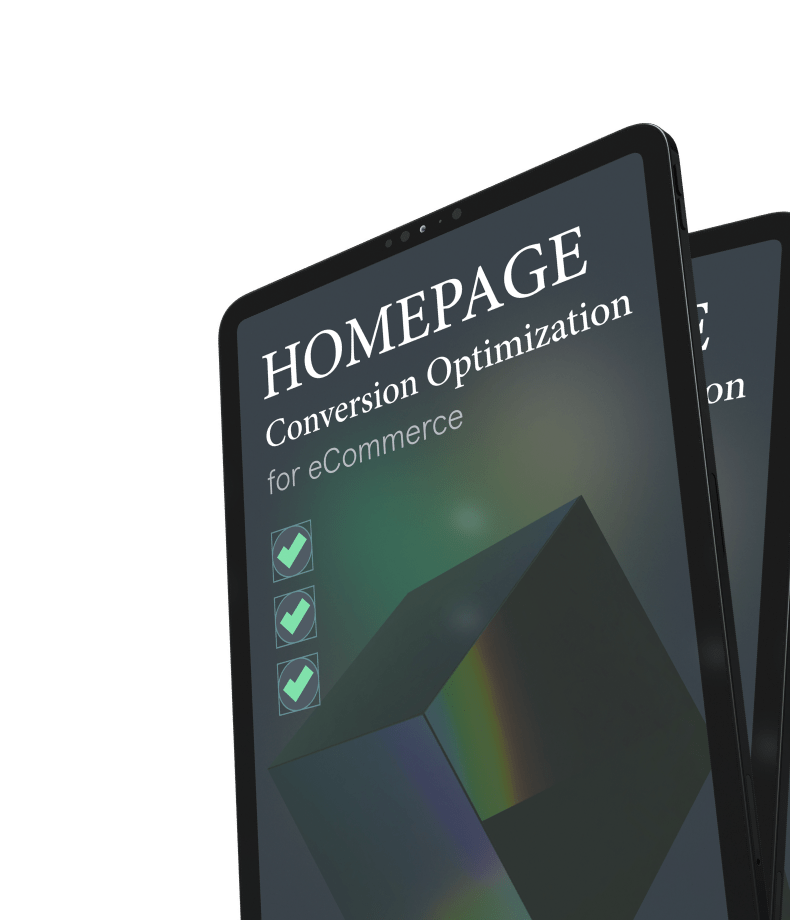
-
Streamlining Checkout Process
As an eCommerce business owner, you’ve probably experienced the sting of shopping cart abandonment – that heart-sinking moment when a customer fills their online shopping cart only to abandon it at the final step. In fact, according to a study by the Baymard Institute, the average cart abandonment rate is a whopping 69.8%. Why do so many customers abandon their carts, you might ask? The culprit often lies in a complicated or time-consuming checkout process.
A streamlined, efficient, and user-friendly checkout process is crucial in turning those virtual shopping carts into actual sales. Here’s how you can enhance yours:
- Guest Checkout: Forcing users to create an account can be a deterrent. Offering a guest checkout option can encourage those who want a quick purchase to complete the transaction without any unnecessary delays.
- Multiple Payment Options: Diversity in payment methods caters to a broader range of customers. From credit and debit cards to digital wallets like PayPal and Apple Pay, give your customers the flexibility to choose the most convenient payment option for them.
- Transparent Shipping Fees: Unexpected costs, especially for shipping, can be a deal-breaker. Be upfront about any additional costs, taxes, and shipping fees from the get-go to avoid unpleasant surprises at the checkout.
- Security Assurance: Customers need assurance that their sensitive information is safe. Displaying security badges and offering well-known payment options can help build trust.
- Simplified Form Fields: Keep the checkout form as simple as possible. Only ask for the essential information needed to complete the purchase. Auto-fill capabilities can also speed up the process and enhance user convenience.
- Progress Indicators: Let customers know where they are in the checkout process. This reduces uncertainty and gives them a clear indication of how many steps are left before completion.
- Effortless Navigation: The customer should be able to easily navigate forward and backward in the checkout process without losing any entered information. This can help in case they want to amend their order or double-check details.
- Clear CTA and Error Messaging: Your calls to action should be clear, concise, and noticeable. In case of any form errors, clear and helpful messaging should be in place to guide customers in fixing the problem without frustration.
By simplifying and enhancing your checkout process, you can create a seamless and enjoyable shopping experience that not only drives conversion but also encourages repeat business.
Don’t forget: every improvement, every simplification, and every thoughtful detail added to your checkout process can make a significant difference in your conversion rates and customer retention.
-
Focusing on Conversion Rate Optimization (CRO)
Conversion Rate Optimization, commonly known as CRO, is a critical strategy for eCommerce businesses. Why? Because it’s not just about driving more traffic to your website, it’s about ensuring that traffic does what you want it to do – whether that’s making a purchase, signing up for a newsletter, or filling out a contact form.
Simply put, CRO is the method of using analytics and user feedback to enhance your website’s performance, with the end goal of increasing the percentage of visitors who complete a desired action. Here’s how you can incorporate CRO into your business strategy:
- Define Your Goals: It’s crucial to identify what actions you want your visitors to take on your website. These actions, or goals, could be anything from purchasing a product to subscribing to your newsletter. Once these goals are clearly defined, you can start optimizing your site to guide visitors towards completing these actions.
- Understand Your Customers: Utilize analytics tools to understand your customers’ behaviors, interests, and demographics. When you understand who your customers are and what they want, you can tailor your website to better meet their needs, leading to higher conversions.
- Implement A/B Testing: A/B testing is a fantastic method to find out what works best for your audience. It involves testing two versions of a webpage by changing one element at a time (such as a headline, button color, or image) and observing which version leads to more conversions.
- Capture User Feedback: Encourage and capture user feedback via surveys or feedback forms. This firsthand input can provide valuable insights for improving the user experience, which can, in turn, boost conversions.
- Optimize Product Pages: Product pages are where the conversion action happens. Ensure these pages are compelling and informative, with high-quality product images, clear and persuasive product descriptions, and obvious calls to action.
- Streamline the Checkout Process: A complicated or lengthy checkout process can deter customers from finalizing their purchase. Simplify the process as much as possible by minimizing the number of steps, offering guest checkout, providing multiple payment options, and being transparent about all costs.
- Focus on Speed and Mobile Optimization: Slow websites and non-responsive design can dramatically impact conversion rates. Ensure your site loads quickly and looks great on all devices to provide a seamless shopping experience for all users.
Remember, the key to successful CRO lies in creating an online shopping environment that’s user-friendly, attractive, and makes it as easy as possible for customers to complete their purchases. With a strong focus on CRO, you’re not just preparing to survive the current crisis; you’re setting your eCommerce business up to thrive in the long run.
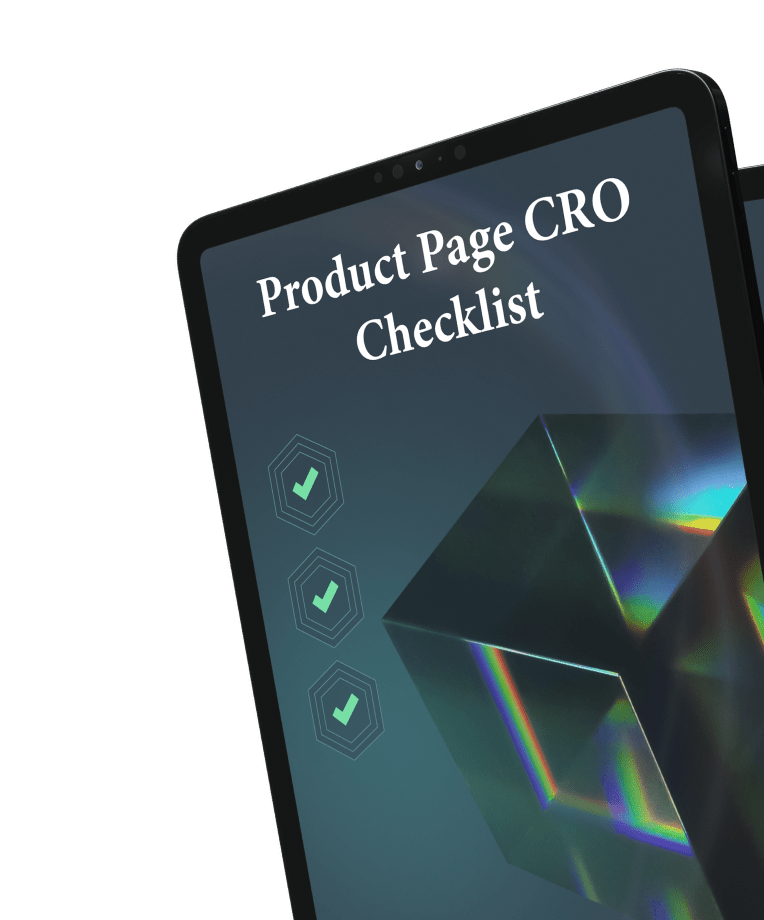
-
Incorporating Social Proof
When it comes to online shopping, seeing is believing. And with the absence of a physical experience in eCommerce, trust is a currency that holds immense value. Enter social proof – one of the most potent tools in an eCommerce business’s arsenal.
Social proof refers to the influence that the actions and opinions of others have on our own behavior. In eCommerce, this translates to things like customer reviews, testimonials, user-generated content, and endorsements from influential figures. Implementing social proof can significantly boost your brand’s credibility and influence purchasing decisions. Here’s how:
- Customer Reviews and Ratings: Potential customers are more likely to trust the opinions of other customers over branded content. Implement a system on your product pages that allows customers to leave reviews and ratings. Display these reviews prominently so that potential customers can easily read them. Ensure you respond to these reviews, as this shows you value customer feedback and are dedicated to improving.
- Testimonials: Testimonials from satisfied customers can create a compelling narrative around your products and services. Share these stories on your website, social media platforms, and marketing materials.
- User-Generated Content (UGC): Encourage your customers to share their experience with your products on social media platforms. User-generated content, such as photos or videos of customers using your products, can provide authentic proof of your product’s quality and performance. Feature this content on your site and social media channels to provide a realistic portrayal of your products in use.
- Endorsements and Certifications: Collaborations with influencers or industry experts can significantly boost your brand’s credibility. Similarly, showcasing any certifications or awards your business has earned can enhance your brand’s reputation and reassure potential customers about the quality of your offerings.
- Trust Badges: Displaying trust badges (like secure payment badges) on your website, particularly on your product and checkout pages, can reassure customers that their information is safe, increasing their likelihood to make a purchase.
By incorporating these strategies, you’re not just telling customers why they should choose your products; you’re showing them proof. Social proof can build trust, enhance your brand’s reputation, and increase conversion rates, making it a vital strategy in navigating your eCommerce business through the crisis.
-
Harnessing AI and Machine Learning for Future-Proof eCommerce
Artificial Intelligence (AI) and Machine Learning (ML) are no longer science fiction – they’re right here, revolutionizing eCommerce as we know it. By personalizing customer experiences, providing accurate sales forecasts, managing inventory, and enhancing product recommendations, these technological marvels are becoming eCommerce game changers.
- Personalized Customer Experiences with AI: Ever wondered how some websites seem to “know” your preferences? AI and ML work behind the scenes to analyze customer behavior, purchase history, and browsing patterns, resulting in a tailored shopping experience. AI can present personalized product recommendations, content, and deals that speak directly to the individual customer’s tastes, leading to enhanced engagement and improved conversion rates.
- AI-Powered Sales Forecasting: Forecasting sales with precision can make a world of difference in inventory management and operational efficiency. By using AI, businesses can analyze past sales data, market trends, and other influencing factors to generate accurate sales predictions. This proactive approach can save businesses from overstocking or understocking, significantly reducing inventory costs.
- Streamlined Inventory Management: AI takes the guesswork out of inventory management. It can analyze sales trends, seasonal demand variations, and supplier lead times to predict when stock replenishment is needed. This way, potential stockouts or overstocks are prevented, keeping your inventory lean and cost-effective.
- Enhancing Product Recommendations: ML algorithms can suggest products that customers might be interested in based on their past purchases and browsing behavior. These personalized recommendations can elevate the shopping experience, leading to higher customer satisfaction and increased average order value.
We at GoMage have seen first-hand the transformative power of AI and ML in eCommerce. We’ve worked with clients to integrate AI tools into their websites for peak performance and maximized sales growth.
For instance, we have helped create integrations with AI tools like ChatGPT that can automatically generate SEO-optimized product descriptions. This innovation saves countless hours of manual work and ensures your product listings are always optimized for search engine visibility.
But the potential of AI and ML doesn’t stop there. From AI-powered customer service chatbots for real-time, personalized customer engagement to ML-driven demand forecasting for efficient supply chain management, the possibilities are vast and exciting.
Feel free to reach out to us to explore how your eCommerce business can harness the power of AI and ML to navigate the current crisis and prepare for a robust post-crisis resurgence. After all, the crisis can be an opportunity for growth when armed with the right technological prowess.
Consulting Get your website back on track to high profits. We’ll identify what’s wrong with your website, choose the best tools, and fix any issues keeping your business from growing.
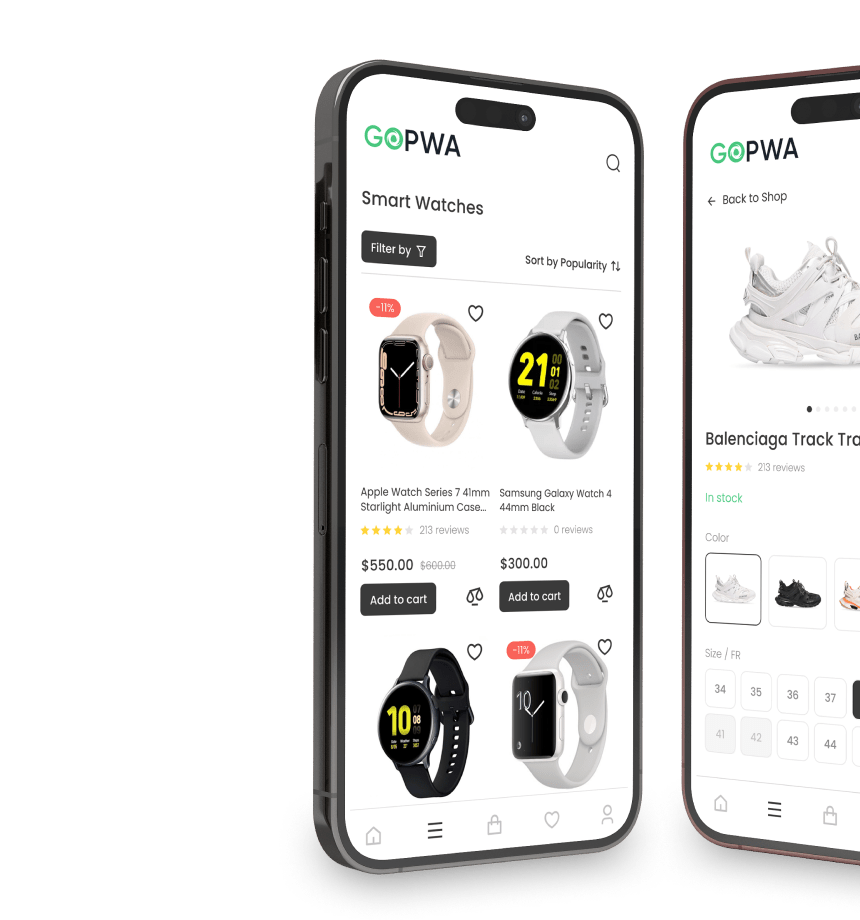
Embracing Change with eCommerce Website Optimization: Key Takeaways
To wrap up, it’s clear that change is the only constant in the world of eCommerce. To survive the turbulent times and thrive in the post-crisis world, businesses must be adaptable, agile, and always ready to seize new opportunities. Let’s revisit the key points we’ve discussed:
- Invest in Website Optimization: Make sure your website is fast, mobile-friendly, SEO-optimized, and provides a seamless user experience. This is the backbone of your eCommerce business. Remember that this isn’t a one-time task but an ongoing process. Keep your website updated, functional, and in line with the latest industry standards.
- Leverage AI and Machine Learning: AI can provide a more personalized customer experience, accurately forecast sales, and streamline your inventory management. AI tools are no longer an option but a necessity to keep up with the evolving eCommerce landscape.
- Don’t Ignore the Power of Social Proof: Reviews and testimonials can greatly influence customers’ buying decisions. Display them prominently on your website to build trust and credibility.
- Prepare for the Post-Crisis Surge: Plan ahead and put strategies in place for the eventual surge in sales once the crisis is over. This will ensure your business isn’t caught off-guard when the economic tide turns.
In conclusion, eCommerce businesses that can swiftly adapt to the changing winds and continuously optimize their online presence are the ones that will not only survive the current crisis but come out stronger, ready to ride the wave of the post-crisis surge. Remember, every crisis presents opportunities for those who are prepared.
Stay strong, stay positive, and keep optimizing!


